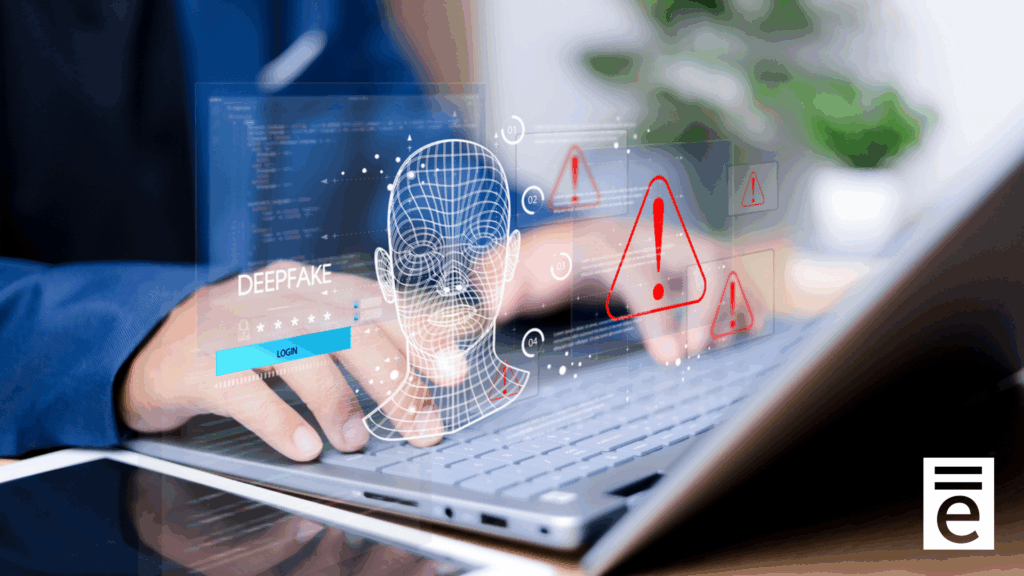In an era where seeing is no longer believing, the justice system faces a major challenge: how to uphold truth when AI-generated deepfakes can distort reality with alarming precision. From fabricated videos and manipulated images to convincingly altered documents, deepfakes are no longer theoretical threats, they’re active disruptors in courtrooms across the country.
In this blog post, we explore how the justice system is evolving in response to the growing threat of deepfakes and highlight the proactive steps courts and legal agencies are taking to prepare for a future where artificial media becomes increasingly sophisticated.
The Rise of Deepfakes in Legal Proceedings
Deepfakes, or artificial media (images, video, audio, etc.) generated by AI, have evolved from internet curiosities to tools capable of undermining the integrity of legal evidence. Courts are beginning to encounter cases where video footage, photographic evidence, or even written documents may have been digitally altered to mislead judges, juries, or investigators. For example, civil litigants could use AI-generated content to support false claims. It’s also possible to create a deepfake of someone’s voice, making it appear that a defendant or another individual involved in a case said something they never actually did.”
The implications are staggering. If a defendant presents a video alibi that was AI-generated, or if a witness’s testimony is contradicted by a doctored image, the very foundation of evidentiary trust begins to crumble. Legal standards for admissibility, which rely heavily on authenticity and chain of custody, are being tested in ways never imagined.
How the Justice System Is Responding
Fortunately, the justice system is not standing still. Agencies and courts are actively exploring and deploying technologies to detect and counteract deepfakes. These include:
- AI-powered forensic tools that analyze pixel-level inconsistencies, audio artifacts, and metadata anomalies to flag manipulated content.
- Authentication platforms that use blockchain or watermarking to verify the origin and integrity of digital evidence.
- Training programs for judges, attorneys, and law enforcement to recognize signs of synthetic media and understand the limitations of current detection methods.
In addition, national organizations such as the National Center for State Courts (NCSC) and the Conference of State Court Administrators (COSCA) have published guidance on ethical AI use, transparency standards, and the risks associated with generative technologies.
Balancing Innovation with Integrity
Despite the promising efforts in the justice system, technological advancement continues to outstrip the speed of institutional adaptation. Deepfake technology is becoming more accessible, more convincing, and harder to detect, posing an ever-evolving threat to digital evidence. The justice system must not only keep up but anticipate future challenges by investing in ongoing education, cross-sector collaboration, and scalable detection infrastructure to stay ahead of the curve.
While AI offers powerful tools to streamline justice, from predictive analytics to automated case management, it also demands new guardrails. Courts must ensure that:
- Due process is preserved, with human oversight over AI-generated recommendations.
- Defendants retain the right to challenge evidence, especially when its authenticity is in question.
- Transparency is prioritized, so that all parties understand how AI tools are used and what their limitations are.
As AI technologies evolve, the ethical frameworks, legal standards, and technical capabilities that govern their use have to as well. Innovation should never come at the expense of fairness or truth. By fostering a culture of continuous learning and cross-disciplinary collaboration, courts can embrace the benefits of AI while safeguarding the principles that define justice.
Looking Ahead
The fight against deepfakes is not just technical—it’s philosophical. It asks us to redefine what counts as “real” in a digital world and to build systems that can uphold justice even when truth is under siege. As courts continue to adapt, collaboration between technologists, legal experts, and policymakers will be essential.
The justice system may be slow to change, but when it does, it does so with purpose. And in the battle against deepfakes, that purpose is clear: to protect the integrity of truth, one case at a time.
Interested in learning more about deepfakes from an industry expert? Check out our podcast, Real Evidence or AI Illusion? Fighting Deepfakes in the Justice System, with MJ Cartwright.



